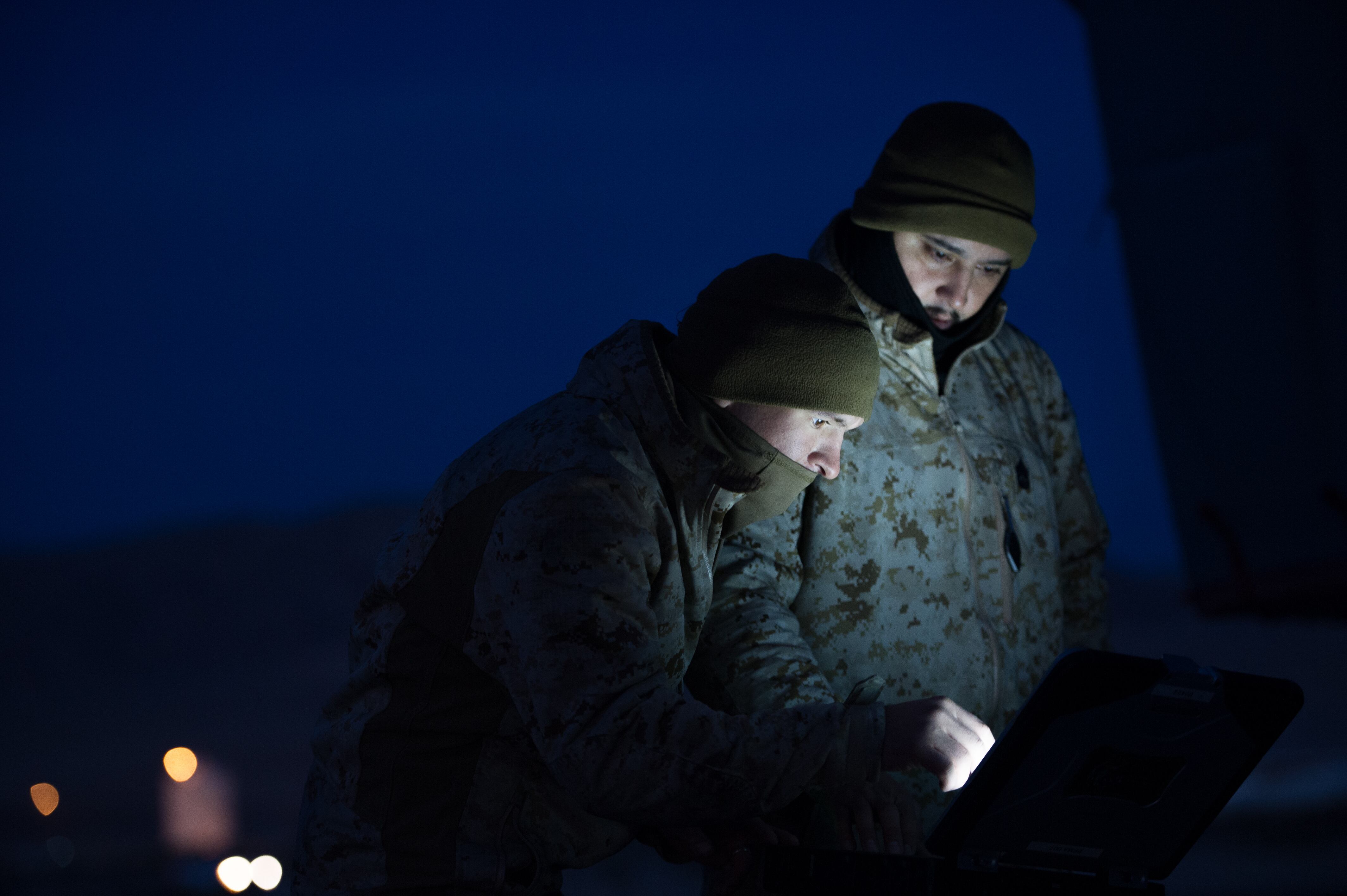The new head of the Marine Corps’ nascent information directorate is focusing on three priorities: network modernization, putting new information-related units to work and gaining asymmetric advantage.
The Marine Corps reorganized its leadership in 2017 to create a new three-star position, the deputy commandant for information, that would oversee all aspects of information war to include cyber, electronic warfare, signals intelligence and information operations. Over the summer, Lt. Gen. Lori Reynolds became the second officer to hold this new position.
William Williford, executive director of Marine Corps Systems Command, provided an outline of various efforts to modernize the network during the Charleston Defense Contractors Association Defense Summit on Dec. 5. The initiative includes: broader adoption of Windows 10, creating a cloud cross functional team, starting a network cross functional team, fielding Tampa microwave terminals, protecting spectrum used for the F-35 and running a pilot program to help ensure GPS signals aren’t jammed.
Kenneth Bible, deputy director of the C4 directorate and deputy chief information officer, said during the same conference that the Marines still have IT solutions that date back to the Navy-Marine Corps Intranet days that have to be modernized
The Marine Corps needs to divest of some of its legacy systems and modernize them, he said. He added that Marines are finding there are systems needed to get the network “up to snuff to go support that.”
RELATED

Additionally, he said, systems need to be capable of supporting the automation needed in order to make the network more effective.
Regarding the second line of effort, the deputy commandant is focused on using the new Marine Expeditionary Force Information Groups, or MIGs. These teams will work on all information related capabilities, providing commanders a clearinghouse of options including cyber, intelligence, electronic warfare and information operations.
RELATED

Bible said Marine Corps leaders are working hard to figure out how the groups can directly help commanders.
Third, Bible said the Marines want to gauge whether they can create an asymmetric advantage.
“How do we shape the conflict before we end up in a conflict,” Bible said. “A lot of this is going to merge in the information environment.”
Some of the efforts related to providing an asymmetric advantage will involve Navy partners, Bible said.
He discussed the need to for Marines to fight to get to the fight.
“We’re probably not going to have enough organic aviation assets to get all the Marines to all the different places that an advanced expeditionary base operations concept [and] very distributed operations” demands," he said. That will require partnering with the Navy in some regards.
Mark Pomerleau is a reporter for C4ISRNET, covering information warfare and cyberspace.






